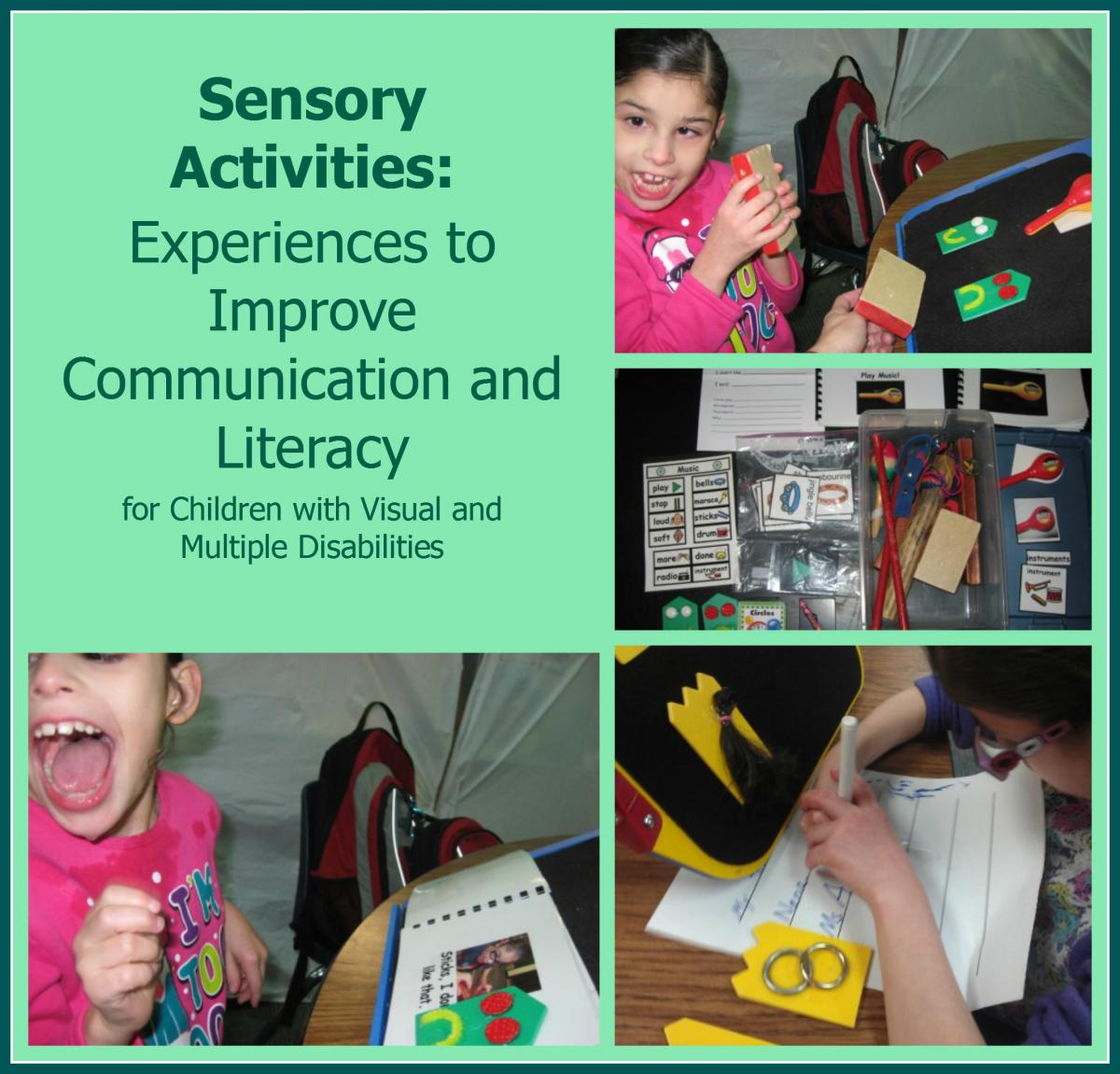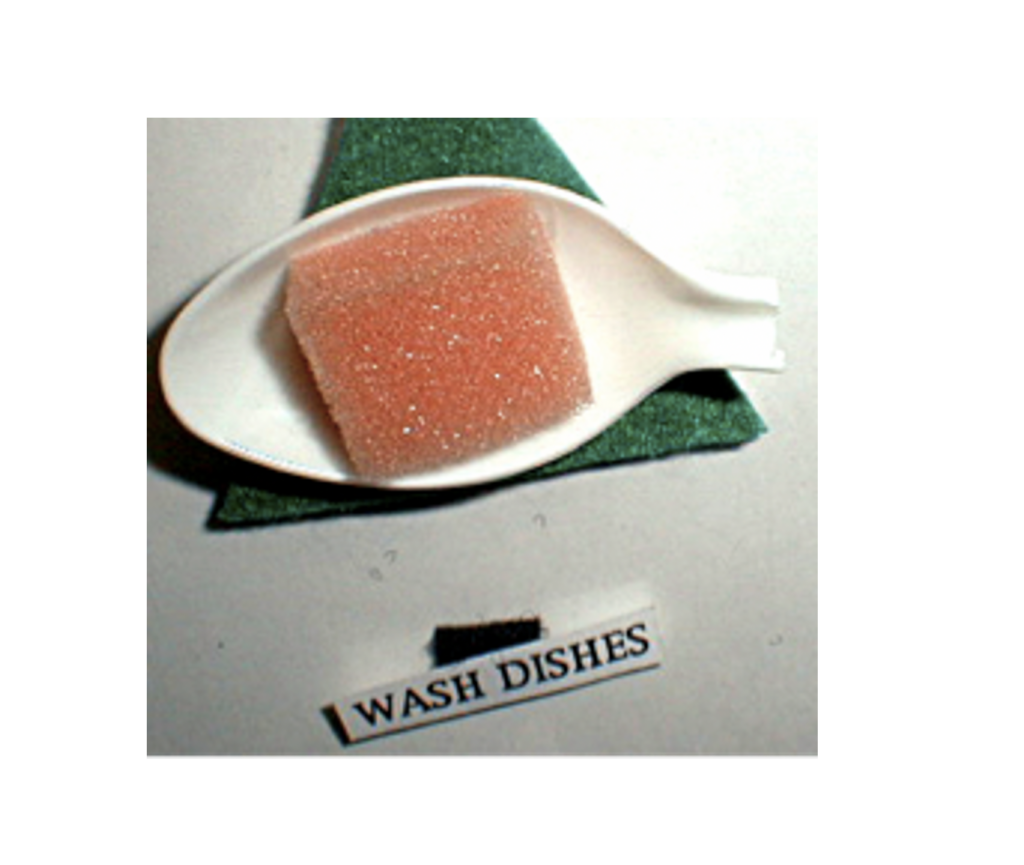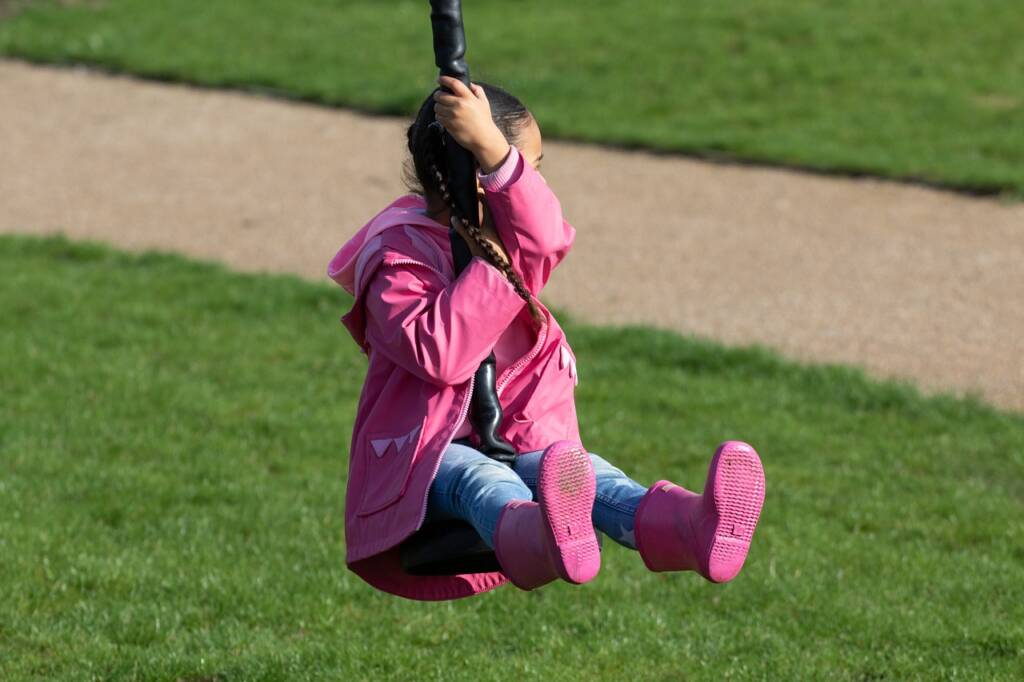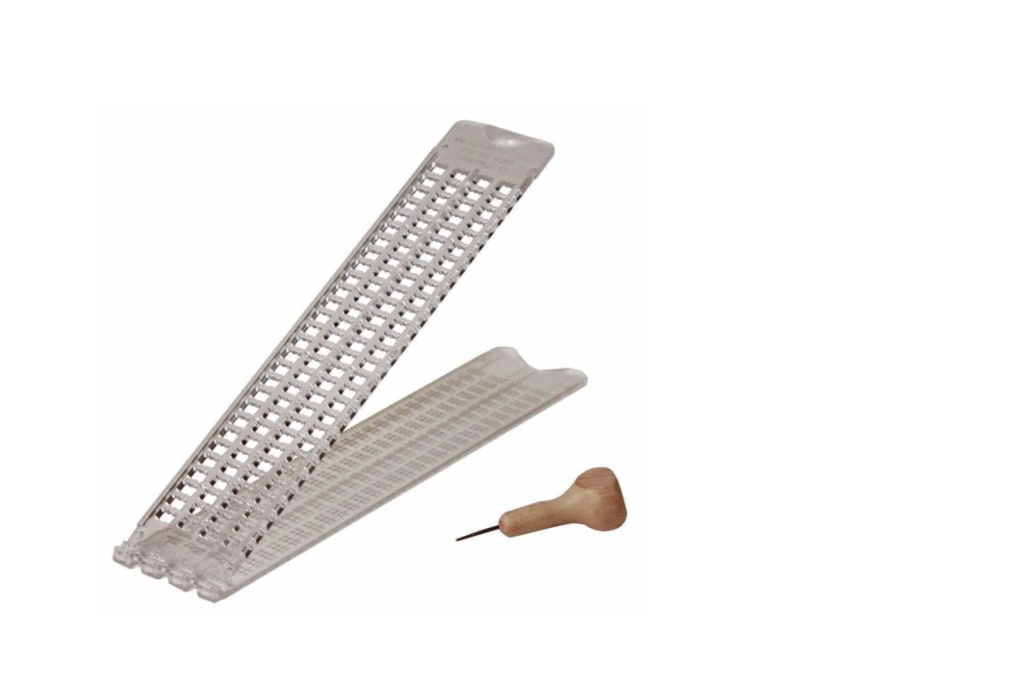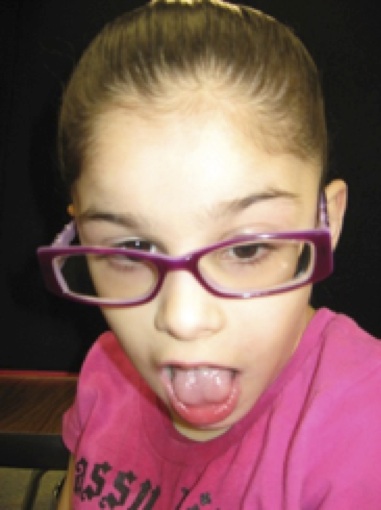 By Faye Gonzalez, TVI & COMS
By Faye Gonzalez, TVI & COMS
I had a dilemma over the past year in working with my students who have Visual & Multiple Disabilities (V&MD). One student in particular challenged my teaching methods. My dilemma was:
- Sensory activities are important
- Communication & Literacy are important
- Working on them all separately resulted in limited growth
- How could I combine things to make learning more effective?
The answer I came up with is that PAIRING sensory activities along with working on Communication and Literacy skills is more effective. In addition, I realized that Communication and Literacy is really the SAME thing with students who have V&MD’s. Communication & Literacy will look very similar because most students who have V&MD cannot physically write, type, or spell to make words. Rather, using their communication system/symbols (whatever they may be) in a variety of ways IS Literacy for these students.
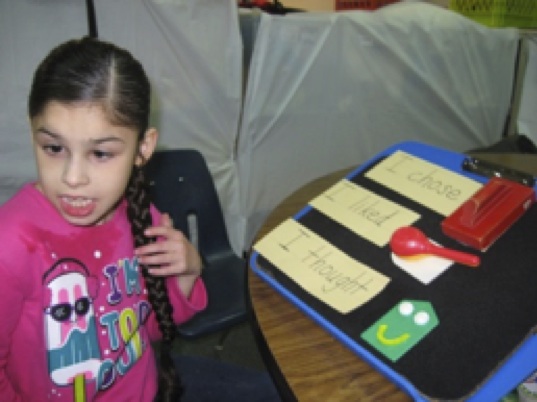
- reading a symbol from their own system receptively
- using their symbols to make (i.e. write) lists and phrases
- using their symbols to tell someone what to write for them
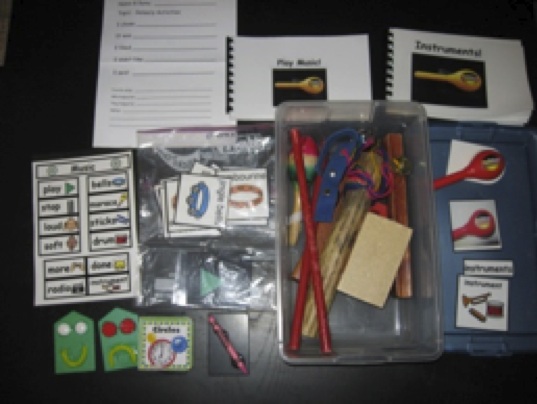
- All sensory items needed
- Books about the activity
- All communication tools needed
- All writing tools needed
I developed my own series of sensory activities that can be used with each sensory box. Using the same materials over and over for a while in a way that fosters exploration supports the most communication and literacy growth.
1. Initial Experiences – sensory focused
2. Early Activities – focus on communication
3. Extending Literacy – reading and writing
4. Extending Learning – exploring & comparing
5. Publishing – creating something to share with others
|
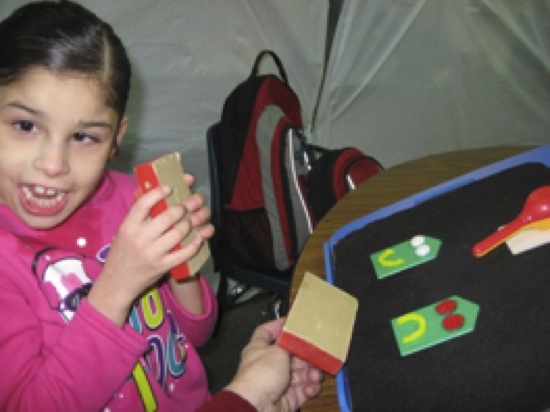
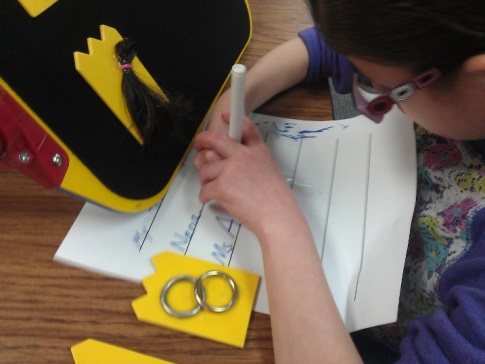
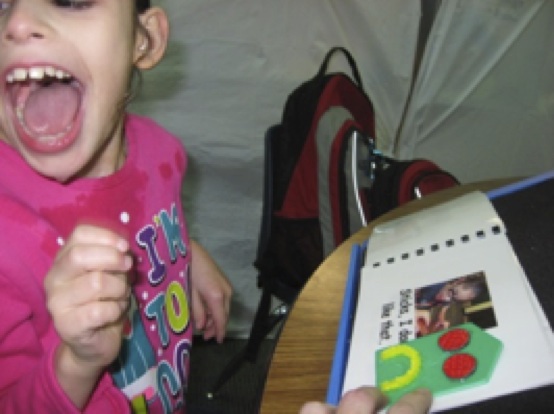
Adopting this sensory approach has made a huge difference for all of my students. For my students who use symbol systems (low or high tech), my realization that communication and literacy are actually the same thing has allowed my students to make huge gains in their ability to use their symbol systems.
Watch my webinar on this topic.
